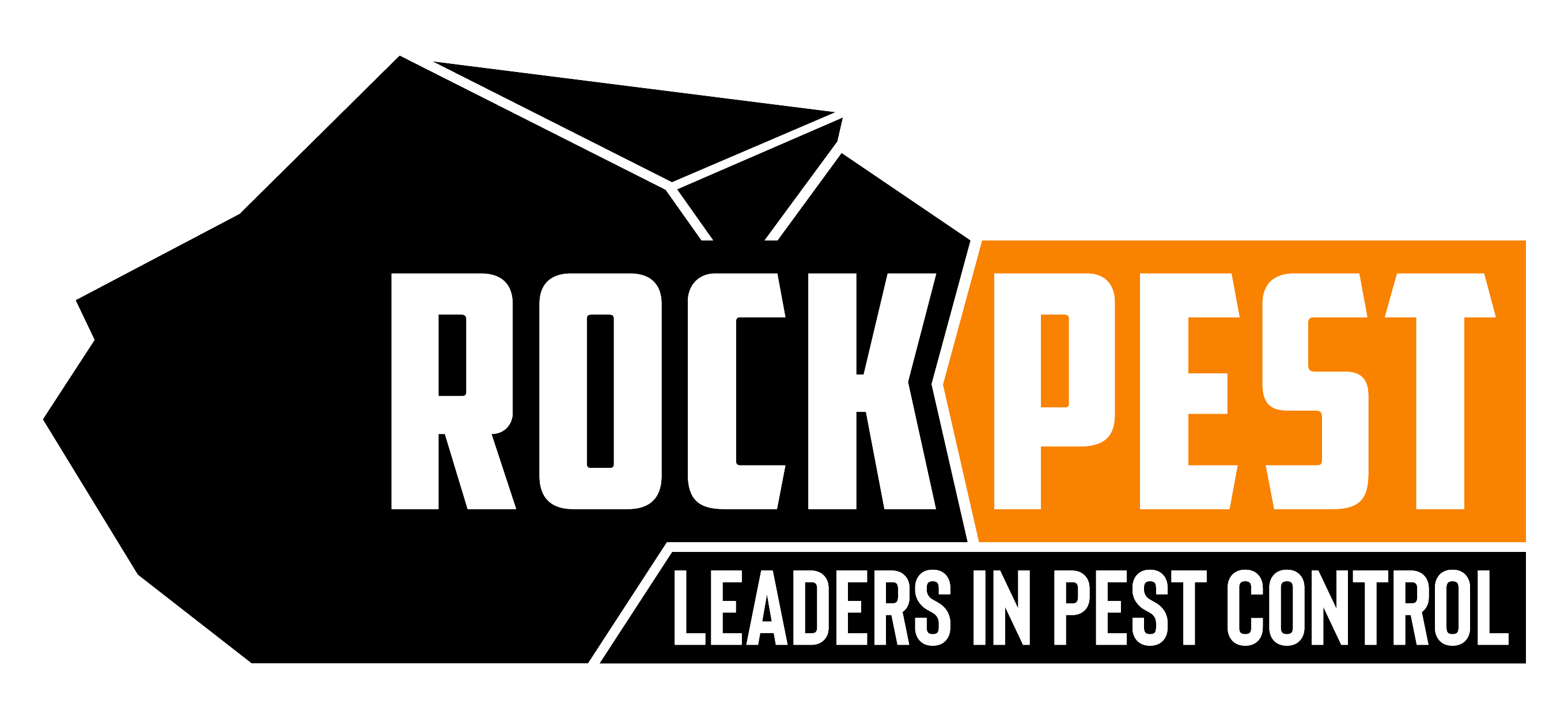How Do You Know You Have Termites?
Termites are tiny insects that feed on wood and other cellulose-rich materials in your home. These pests can cause significant damage to your property if not identified and controlled early. Unfortunately, most homeowners do not realize they have a termite infestation until it’s too late. The question is, how do you know you have termites in your home?
In this post, we will explore some signs to look out for that could indicate a termite infestation.
Swarms of Winged Insects
One of the most obvious signs of a termite infestation is the presence of swarms of winged insects. These insects, commonly referred to as alates, are reproductive termites that fly around in search of new colonies to start. If you notice a swarm of flying insects around your home, it could be a sign that a termite colony has been established nearby. Keep in mind that these winged insects only swarm for a short period, so act quickly to identify and eliminate the source of the infestation.
Mud Tubes
Another sign that you have termites in your home is the presence of mud tubes. Termites use these tubes to move between their nests and feeding grounds while protecting themselves from predators. Mud tubes are made of soil and other debris, and they are usually found along walls and the foundation of the house. Check for mud tubes regularly, especially in dark, damp areas such as basements, crawlspaces, and attics.
Must Read: What Is the Best Pest Control for Spiders?
Wood Damage
Termites feed on wood and cellulose-based materials, and their presence can cause significant damage to your property if left untreated. One of the most common signs of termite infestation is the presence of wood damage. Keep an eye out for hollowed-out wood, blistered or cracked paint, and buckling or sagging floors. Also, tap on the wood surface and listen for a hollow sound, which is a sign of termite damage.
Droppings or Frass
Termites produce droppings or frass that are typically made up of small, wood-colored pellets. If you notice these pellets around your home, it could be a sign of a termite infestation. Check for droppings around window sills, doors, and other wooded areas. Another sign to look for is the presence of termite wings, which may be found near windows, vents, or light fixtures.
Strange Smells
Termites produce a strong, musty odor that is often compared to mold or mildew. If you notice a strange scent in your home, especially near wooded areas, it could be a sign of a termite infestation. This odor is produced when termites release pheromones to communicate with other termites in the colony. If you notice a musty odor, contact a pest control professional to assess the situation.
Conclusion
Termites can cause significant damage to your home, and it’s essential to identify and control an infestation early. If you notice any of the signs mentioned above, reach out to a pest control professional for a thorough inspection and treatment. Remember, prevention is better than cure, so take steps to deter termites by keeping your property dry, removing wood debris from the yard, and sealing cracks and holes in your foundation. Stay vigilant and protect your home from termites.
If you suspect that you may have a termite infestation, it’s important to act fast and contact a trusted pest control company such as Rock Pest Control. Rock Pest Control has years of experience in treating termites and other pests, and our team of experts will assess the situation quickly and effectively. Get in touch today to learn more about how we can help you get rid of termites.
Frequently Asked Questions
Home remedies for bed bugs can be effective to some extent but may not eliminate the infestation entirely. These include thorough cleaning and vacuuming, washing all bedding and clothing in hot water, and sealing off infested areas. Natural remedies like diatomaceous earth or tea tree oil can also be used. However, professional pest control services are usually the most reliable solution.
Signs of a bed bug infestation can include small red or rust-colored spots on bedding or mattresses, which are left behind when bed bugs are crushed. You might also notice itchy welts on your skin from bites. In severe infestations, there may be a sweet, musty odor. If you see live bed bugs or their shed skins, this is a clear sign of infestation.
Bed bugs often hide in places where they have easy access to humans. They can be found in the seams of mattresses, box springs, bed frames, and headboards. They also hide in cracks and crevices in walls, behind wallpaper, and under clutter. They are nocturnal creatures, so they tend to hide during the day and come out at night to feed.
